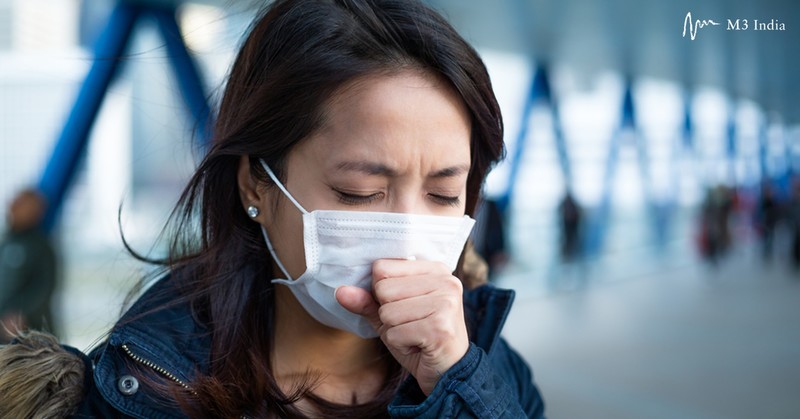According to the Centers for Disease Control and Prevention, more than 50 million Americans suffer from allergies each year. The most common reactions include sneezing, coughing and itching. However, with concerns of COVID-19 happening at the same time, how can you tell the difference in symptoms?
For our comprehensive coverage and latest updates on COVID-19 click here.

Dr. Carter Davidson of WellSpan Ear, Nose, Throat, and Hearing Services explains the differences and how you can effectively manage your allergies.
Common symptoms of COVID-19 include:
- Fever
- Cough
- Shortness of breath or difficulty breathing
- Chills
- Muscle pain
- Sore throat
- New loss of taste or smell
The biggest difference in symptoms between allergies and COVID-19 is a fever. Allergies are not typically associated with having a fever.
Common symptoms of allergies include:
- Nasal congestion
- Sneezing
- Dry cough
- Itching
Most commonly, reactions to pollen, dander, dust, and mold typically result in nasal symptoms like congestion, sneezing, and itchy or watery eyes. These symptoms are not consistent with COVID-19. If you are concerned about symptoms you are experiencing, please visit WellSpan.org/coronavirus and consult the coronavirus assessment tool.
Most people, when they know they have an allergy, just avoid what is bothering them. Some seasonal allergies, like hay fever, are tough to avoid.
A few small changes can make a big difference:
- Wearing sunglasses can help keep pollen out of your eyes.
- Wear a mask while working outside and quickly change out of your clothes after going back indoors.
- Take potted plants out of the home since some potting soil can harbor triggering molds.
- Eliminate dust mites from your home by washing your sheets in hot water.
Most of the time, seasonal allergies can be treated with over-the-counter medication.